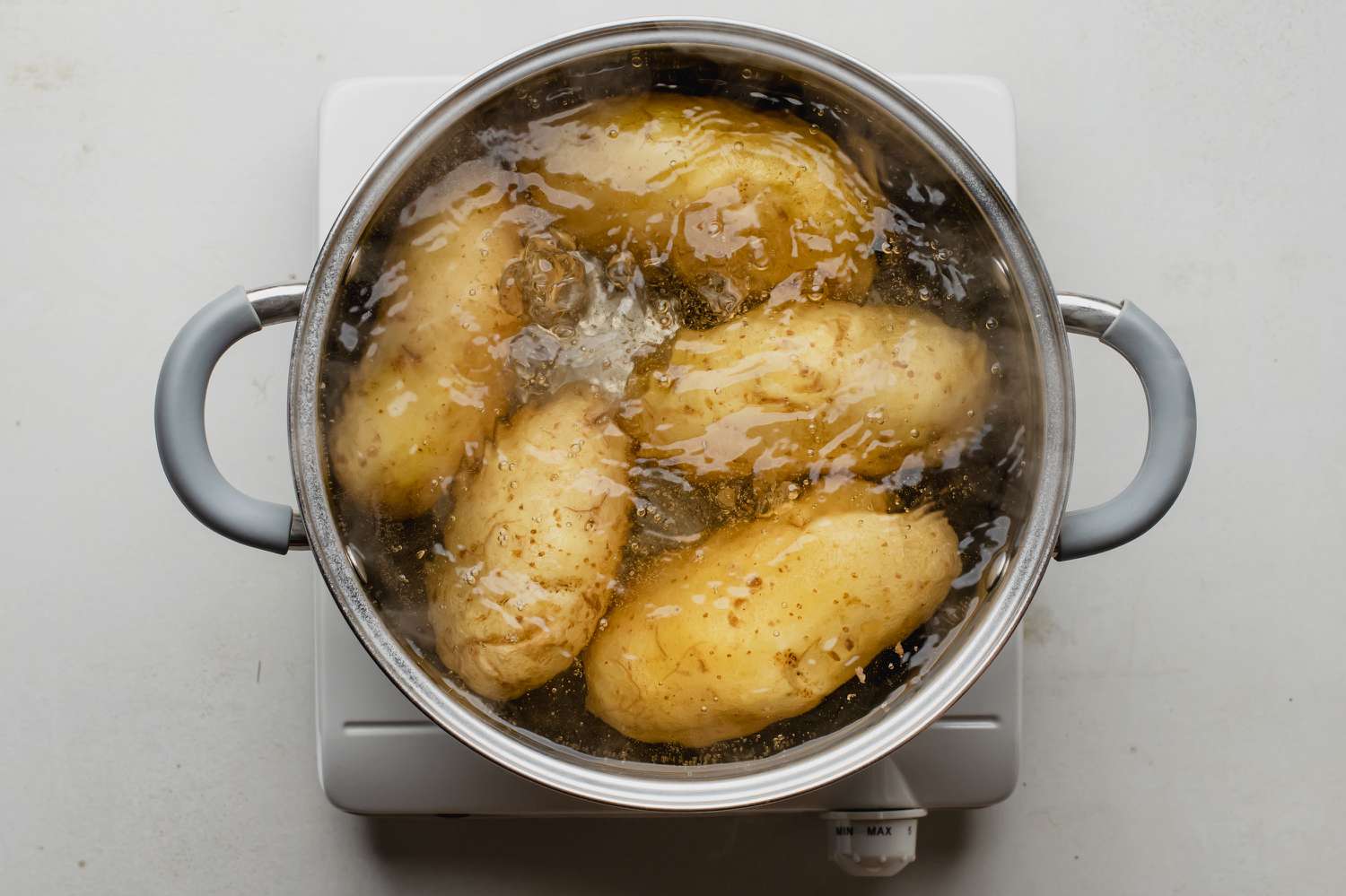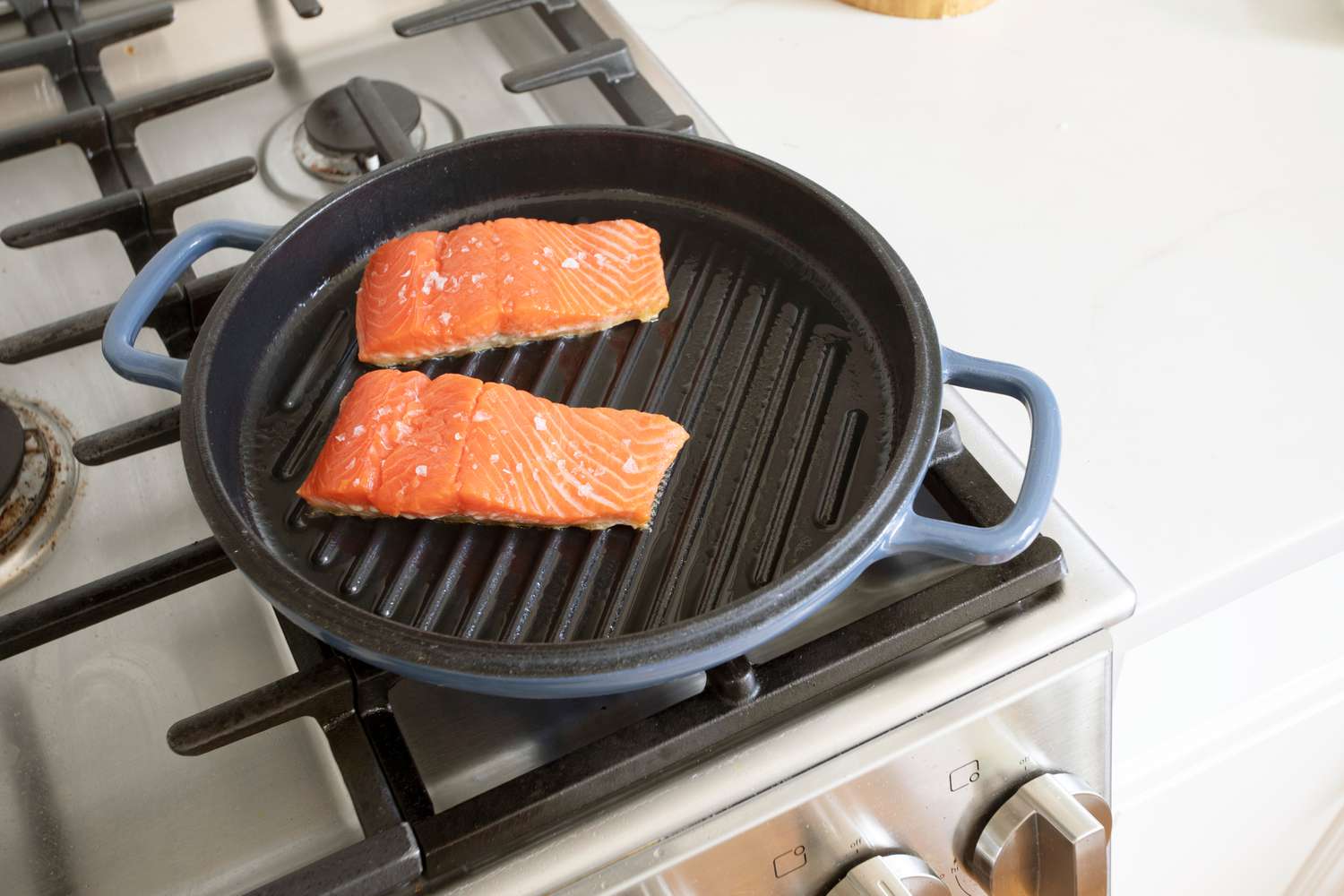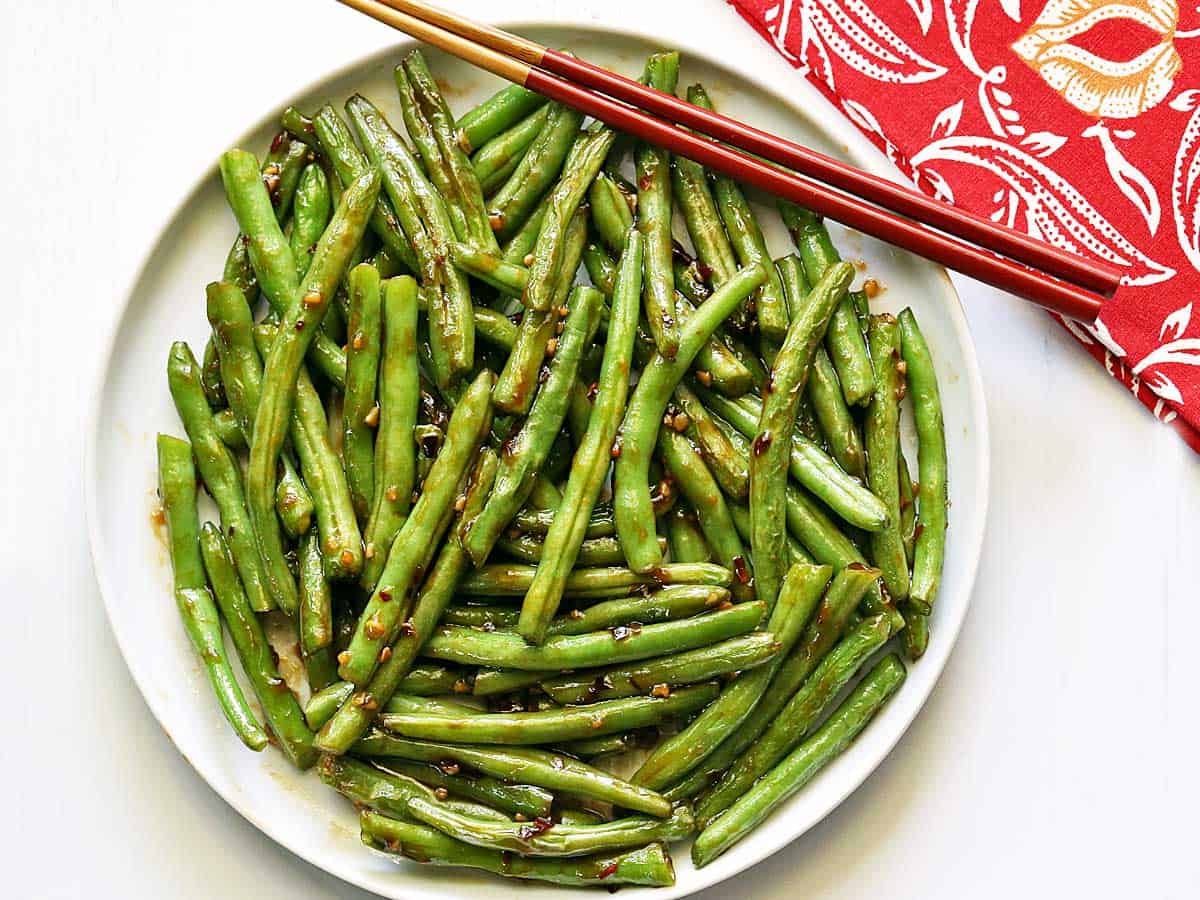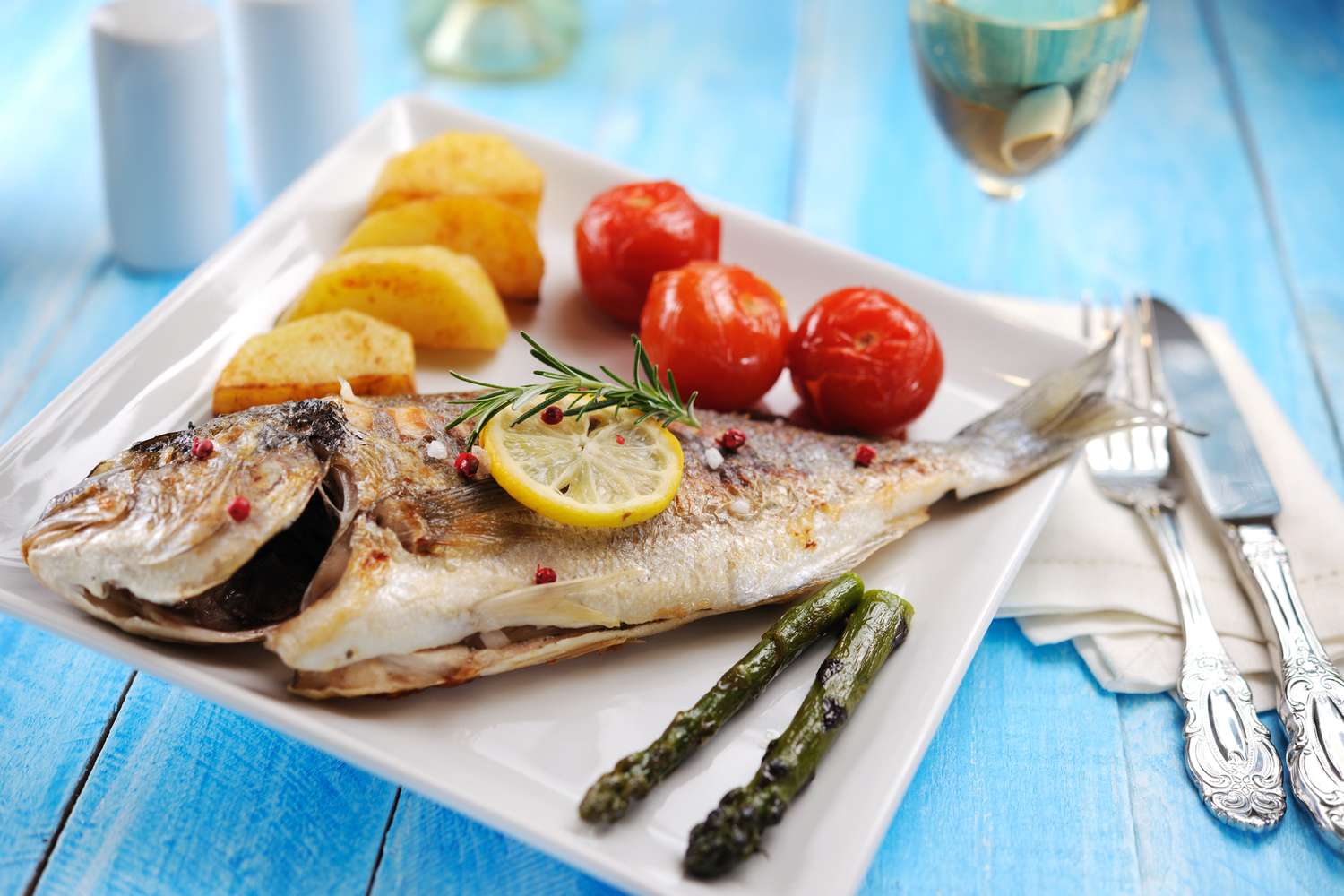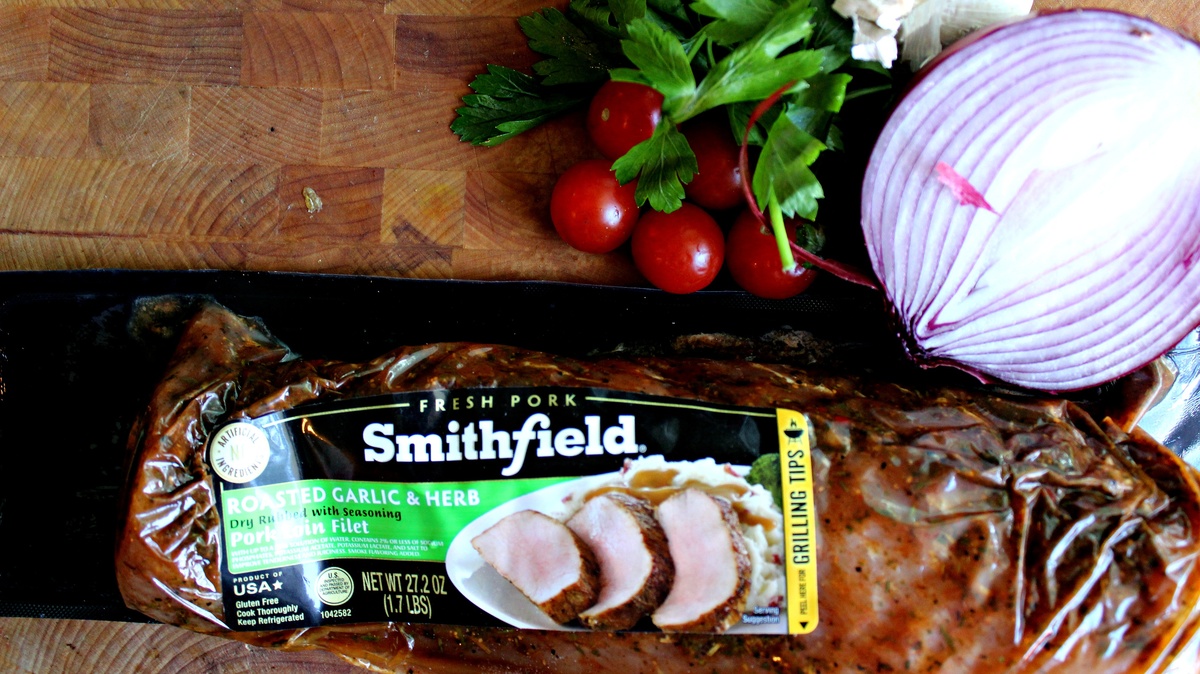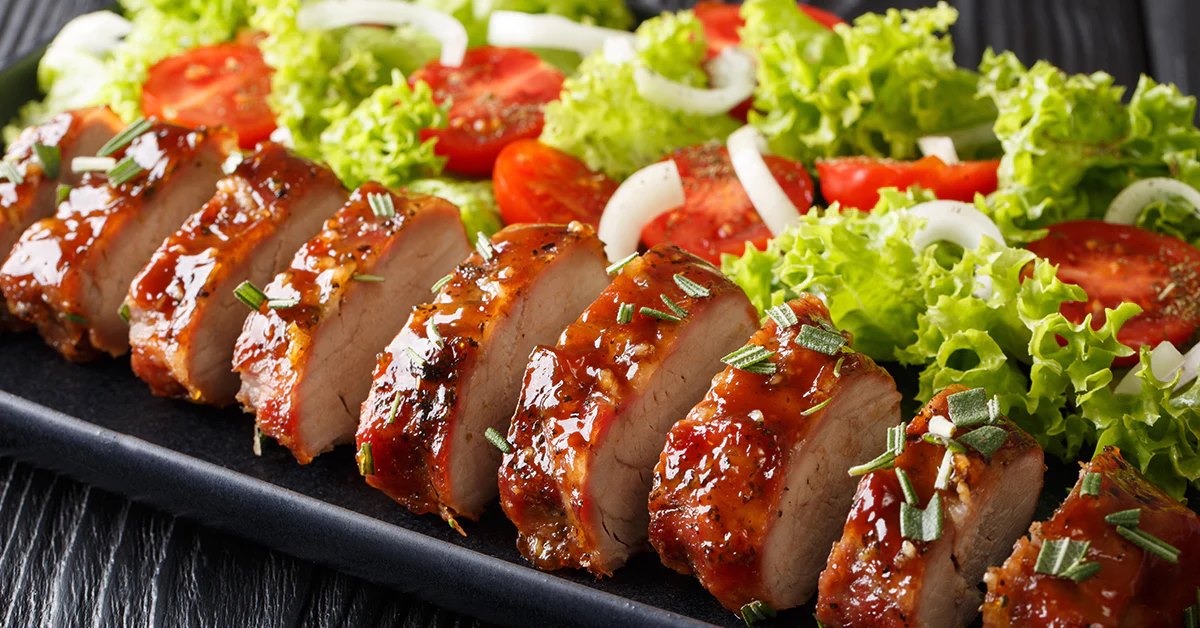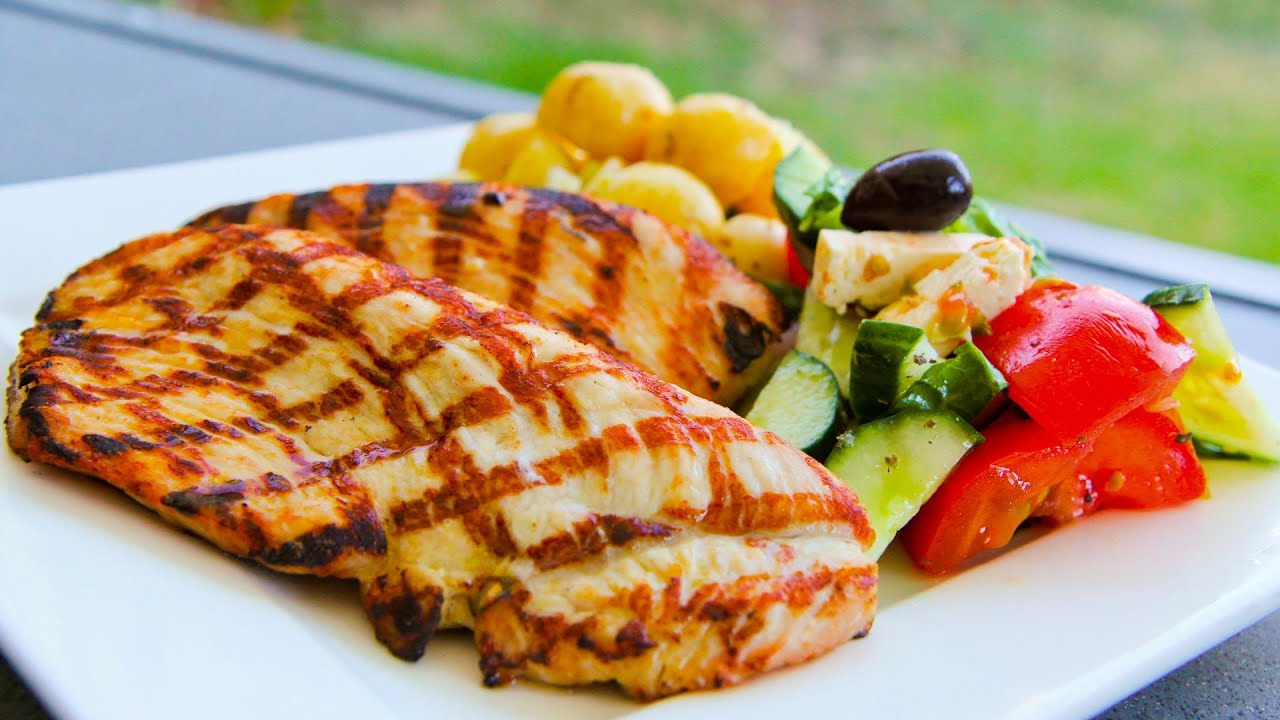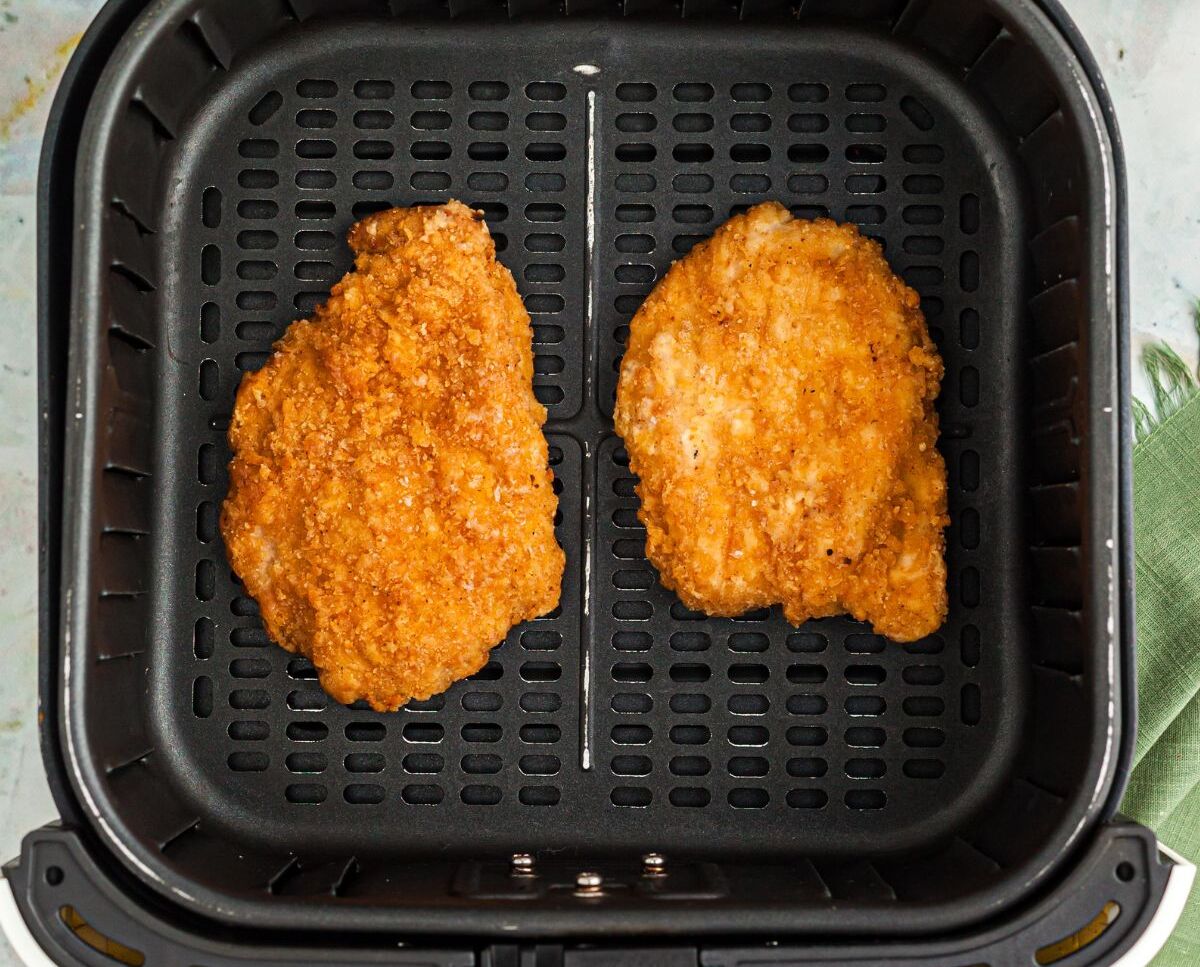Cooking water chestnuts in stir fry transforms simple ingredients into a crunchy, flavorful delight. These aquatic gems add a unique texture and a mildly sweet taste, elevating your dish to new heights. Whether fresh or canned, incorporating them into stir fry is straightforward and rewarding. This guide will walk you through selecting, preparing, and cooking water chestnuts to perfection in your next stir fry adventure. Get ready to infuse your meals with a crispness that only water chestnuts can provide, making every bite a memorable experience.
Gather Your Ingredients for a Stir Fry Adventure
- Fresh water chestnuts (peeled, sliced)
- Bell peppers (red, yellow, sliced into strips)
- Carrots (julienned)
- Broccoli florets
- Snap peas
- Green onions (chopped)
- Garlic cloves (minced)
- Ginger (minced)
- Soy sauce
- Sesame oil
- Olive oil or vegetable oil
- Cornstarch
- Chicken or vegetable broth
- Salt and pepper (to taste)
- Optional: Chicken, beef, or tofu (cut into bite-sized pieces)
Essential Tools for Crafting Your Stir Fry
- Wok or large skillet
- Sharp knife
- Cutting board
- Wooden spoon or spatula
- Measuring cups
- Measuring spoons
For crispy water chestnuts in stir fry, pre-cook them separately. Sauté in oil over high heat until golden, then add to your stir fry in the last few minutes of cooking.
Unlocking the Secrets: Why Water Chestnuts Make a Difference
Cooking water chestnuts in stir fry adds a crunchy texture and sweet flavor that enhances the dish. These nutty morsels are versatile, blending well with various ingredients. Their ability to absorb flavors while maintaining a crisp bite makes them a favorite among stir fry enthusiasts.
Incorporating water chestnuts into stir fry not only boosts the nutritional value but also introduces an exciting contrast to the softer textures of other vegetables and proteins. This method of cooking celebrates the balance of textures and flavors, essential in creating a memorable stir fry experience.
Your Step-by-Step Guide to Stir Fry Perfection
-
Select fresh water chestnuts for your stir fry. Look for ones that are firm and have no soft spots.
-
Peel the water chestnuts. Use a sharp knife to remove the thin brown skin, revealing the white flesh beneath.
-
Slice or dice the water chestnuts according to your preference. Uniform pieces ensure even cooking.
-
Prepare other ingredients for your stir fry. This could include vegetables like bell peppers, broccoli, and carrots, along with proteins such as chicken, beef, or tofu.
-
Heat a wok or large frying pan over high heat. Add a suitable amount of cooking oil, like vegetable or sesame oil, to coat the bottom.
-
Add your protein to the hot wok. Stir fry until it's nearly cooked through, then remove and set aside.
-
Stir fry the vegetables in the same wok. Start with the hardest ones that take longer to cook, such as carrots and broccoli.
-
Introduce the water chestnuts to the wok when the vegetables are halfway done. They cook quickly and only need to be heated through.
-
Return the protein to the wok. Mix with the vegetables and water chestnuts.
-
Pour in the stir fry sauce of your choice. Combine everything thoroughly to ensure the sauce evenly coats the ingredients.
-
Cook for an additional minute or two, just until everything is heated through and the sauce has thickened slightly.
-
Serve immediately. Enjoy your stir fry with water chestnuts over rice or noodles for a complete meal.
Mastering the Stir Fry with Water Chestnuts
Cooking water chestnuts in stir fry isn't just about tossing ingredients into a pan. It's an art that combines texture, flavor, and nutrition, creating a dish that's as pleasing to the palate as it is to the eye. Remember, these crunchy gems can elevate your stir fry from good to unforgettable. Whether you're aiming for a quick weeknight dinner or a special meal, incorporating water chestnuts provides that delightful crunch and subtle sweetness, balancing out the savory notes of your stir fry. Don't forget to pre-cook them if they're fresh, slice them for maximum texture, and add them towards the end of your cooking to preserve their crispness. With these tips in hand, you're well on your way to mastering the perfect stir fry, making every bite a testament to your culinary skills.
For those wanting to experiment with stir-fries, there's a fantastic selection of recipes to try. A great starting point is the Chicken and Water Chestnut Stir Fry, which combines tender chicken with the satisfying crunch of water chestnuts. If you enjoy beef, the Teriyaki Beef and Water Chestnut Stir Fry offers a delightful mix of flavors and textures that will surely impress. For a seafood twist, Honey Garlic Shrimp and Water Chestnut Stir Fry provides a sweet and savory experience that's hard to resist. Vegetarians will love the Tofu and Water Chestnut Stir Fry, where the water chestnuts add a delightful crunch to the soft tofu. Lastly, for those who crave a bit of spice, the Spicy Szechuan Chicken with Water Chestnuts delivers a punchy, flavorful kick. Each of these recipes leverages the unique texture and subtle flavor of water chestnuts, making them a must-try for any stir-fry enthusiast.
All Your Questions Answered About Stir Fry
What are water chestnuts, and why should I add them to my stir fry?
Water chestnuts are crunchy, mildly sweet tubers popular in Asian cuisine. They're not nuts but aquatic vegetables that grow in marshes, ponds, paddy fields, and shallow lakes. Adding them to your stir fry introduces a delightful crunch and a fresh contrast to other ingredients, elevating the texture and flavor profile of your dish.
How do I prepare water chestnuts for cooking?
First off, if you're using fresh water chestnuts, you'll need to peel off the brown skin. This is easily done with a paring knife or a vegetable peeler. Once peeled, they can be sliced, diced, or left whole, depending on your preference. For canned water chestnuts, simply drain and rinse them before adding to your stir fry.
Can I use canned water chestnuts instead of fresh ones?
Absolutely! Canned water chestnuts are a convenient and accessible option. They're already peeled and cooked, saving you prep time. Just remember to rinse them before use to remove any excess sodium or preservatives.
What's the best way to cook water chestnuts in a stir fry?
Water chestnuts should be added towards the end of your cooking process. Since they're already tender, you just need to heat them through and let them soak up the flavors of your sauce. This method ensures they retain their signature crunch.
How do I keep water chestnuts crunchy in my stir fry?
The key is not to overcook them. Add water chestnuts to your stir fry last, giving them just enough time to warm up and absorb some of the sauce's flavors. Overcooking can make them lose their crisp texture.
What other ingredients pair well with water chestnuts in a stir fry?
Water chestnuts pair wonderfully with a variety of ingredients. Try them with bell peppers, snap peas, broccoli, and carrots for a veggie-packed dish. For proteins, chicken, beef, shrimp, or tofu complement their crunchy texture and subtle sweetness.
Any tips for seasoning a stir fry with water chestnuts?
When it comes to seasoning, water chestnuts are quite versatile. They pair well with soy sauce, oyster sauce, hoisin sauce, and sesame oil. A dash of ginger or garlic adds a nice kick, enhancing the overall flavor of your stir fry without overpowering the delicate taste of the water chestnuts.
Was this page helpful?
Read Next: How To Cook Ribeye Steak In Oven
